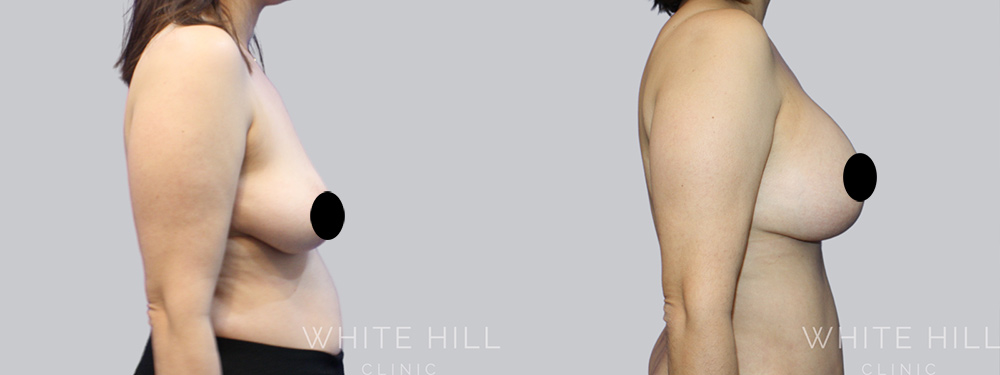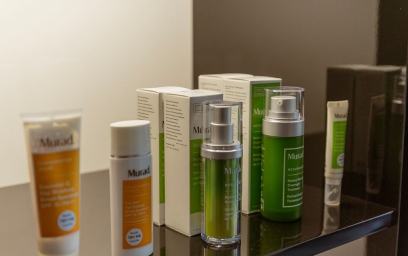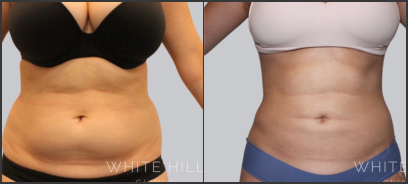The Myth of Perfection: What Do Perfect Breasts Really Look Like?
Last updated on June 4, 2025
The idea of “perfect breasts” is one that has been shaped by cultural trends, media representations and personal perceptions for decades. Yet when you look closely, perfection is less about ticking specific boxes and more about embracing natural diversity. Breast size, shape and symmetry vary widely and what one person may see as perfect, another may see very differently.
In this blog, we explore why the myth of perfect breasts persists, what natural variation truly looks like and how, for those considering changes, a range of professional treatments can support personal goals.
Defining “Perfect” – Is There Such a Thing?
Perceptions of the ideal breast shape and size have changed dramatically over time. From the curvaceous silhouettes celebrated in the 1950s to today’s broader celebration of body diversity, it’s clear there’s no single definition of perfection.
In reality, natural breasts come in many shapes and sizes, each influenced by genetics, lifestyle and life stages such as pregnancy or ageing. Rather than pursuing an unattainable standard, many individuals today focus on finding balance and proportion that feels right for them.

Natural variation shows that perfect breasts come in many different shapes and sizes.
The Reality of Breast Shape, Size and Symmetry
Breasts are naturally unique. Factors such as genetic inheritance, hormonal changes, weight fluctuations and even posture can all influence breast appearance. Natural asymmetry (where one breast is slightly larger or shaped differently than the other) is extremely common.
While these differences are perfectly normal, there are times when individuals may wish to address specific concerns. Options such as a breast lift can help to reshape the breast profile, particularly after pregnancy or weight changes, while breast augmentation may be considered by those who are seeking additional volume or a more balanced appearance.
Different Types of Natural Breast Shapes
Breasts do not come in a one-size-fits-all model. Some of the most common natural breast shapes include:
- Round – Even fullness at the top and bottom of the breast
- Teardrop – More fullness at the bottom than the top
- Asymmetric – One breast is noticeably larger or shaped differently than the other
- Slender – Narrower width with a longer appearance
- Bell-shaped – Narrow at the top and fuller at the bottom
Each type has its own unique beauty. For those who wish to enhance volume while maintaining a natural contour, fat transfer breast augmentation offers an alternative approach by using the body’s own tissue to subtly enhance breast shape.
Why the Idea of ‘Perfect Breasts’ Is a Myth
Much of the pressure to achieve perfect breasts stems from unrealistic media imagery and curated social media profiles. Filters, photo editing and idealised angles create standards that simply do not reflect everyday diversity. Breast aesthetics are highly personal. What matters most is how individuals feel about their own bodies rather than fitting a particular mould.
While it’s completely natural to have personal preferences about body shape, it’s important to recognise that change is a personal decision, not a requirement. Embracing natural variation, rather than chasing an ideal, often leads to a more balanced perspective on beauty. Ultimately, the most important standard is the one you set for yourself.
When to Consider Professional Advice
Deciding whether to seek professional advice often comes down to personal goals and changes over time. It might be worth speaking to a qualified professional if you have noticed significant shifts in breast shape or size due to life stages such as pregnancy, weight changes, or ageing.
In some cases, individuals choose to explore their options simply to feel more comfortable and balanced in their appearance. A personalised consultation can provide a clear understanding of what’s happening anatomically and offer tailored recommendations based on your individual needs.
Final Thoughts: Embracing Your Unique Shape
Ultimately, the concept of “perfect breasts” is more myth than reality. Natural variation is the norm and beauty exists across all shapes, sizes and proportions. For those seeking changes, a range of safe, well-established treatment options are available, always tailored to individual needs and circumstances. Whether maintaining, enhancing, or refining, the most important outcome is feeling aligned with your own body and choices.
How to Book a Consultation
To book a consultation, you can call us directly at 1300 512 345 or fill out our online form to schedule your appointment. If you have any questions or would like more information, you can also reach out to us via our contact page. We’re here to assist you and guide you through every step of the process.
FAQs
What are the common reasons for considering breast reduction?
Breast reduction is often considered by individuals experiencing physical discomfort, such as back or neck pain, related to larger breast size. It may also be an option for those seeking a more balanced body proportion.
Are perfect breasts achievable?
Since natural variation is normal, the idea of achieving perfect breasts is more about personal satisfaction than meeting an external ideal. Treatments can support individual goals, but perfection is subjective.
Do perfect breasts exist?
In reality, there is no universal definition of perfect breasts. Natural diversity in shape, size and symmetry is completely normal and often considered beautiful in its own right.
When might breast implant removal be an option?
Breast implant removal may be considered if personal preferences change over time, or if adjustments are needed due to lifestyle factors, health considerations, or changes in the natural breast tissue.
What is considered the ideal breast shape?
There is no universally ideal breast shape. Some prefer roundness, others favour a teardrop contour. What matters most is how the individual feels about their natural shape.
What are the different types of natural breasts?
Natural breast shapes include round, teardrop, asymmetric, slender and bell-shaped, among others. Each shape is normal and reflects healthy natural variation.
How do breast size and shape vary naturally?
Breast size and shape can change due to genetics, hormonal changes, pregnancy, weight fluctuations and ageing. Asymmetry between breasts is also common and normal.
What influences breast appearance?
Genetics, lifestyle, hormonal shifts, pregnancy and ageing all play roles in influencing breast appearance over time. No two individuals will have the same breast characteristics.
Why is the idea of perfect breasts a myth?
Cultural trends, media influence and unrealistic imagery have created myths about perfection. In reality, natural variation is the norm, not the exception.
What factors affect breast symmetry?
Breast symmetry is influenced by genetics, hormonal changes, posture and natural development. Minor differences between breasts are very common and usually harmless.









